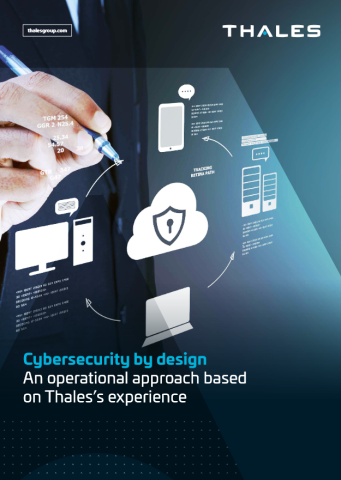Bringing cybersecurity globally to critical and complex key activities
Examples of how GRC can help organizations:
Cyber Technical Consulting
Cyber by Design
Define your architecture for Cloud, Networks, OT, Identity, Applications, Endpoints, etc.
Protect all aspects of your organization’s IT infrastructure.
Apply the principle of zero trust, which means that no user, device, or application is trusted by default.
Verify all entities before their access to any resources.
- Identity and access management (IAM) systems provide a central way to manage user identities and permissions
- Network Security solutions protect organizations from network-based attacks
- Application Security solutions protect applications from vulnerabilities that could be exploited by attackers
- Endpoint Security solutions protect devices (laptops, smartphones,, servers) with antivirus software, firewalls, or intrusion detection systems
- Cloud Security solutions protect data and applications hosted in the cloud (encryption, access control, or security monitoring)
Support to become post quantum safe
Support your resilience to the post quantum revolution
- Consulting to ensure your post quantum cryptography migration (equipment, etc)
- Inventory, risk assessment, migration plan definition

Enhance your cyber configuration for Cloud, Networks, OT, Identity, Applications, Endpoints, etc.
Set up and configure security controls to protect these assets as well as firewalls, intrusion detection systems, etc.
Consider the following factors:
The type of assets being protected
The specific threats that the assets face
The organization’s security policies and procedures
Cloud, network, OT, identity, and application security configurations are all important for protecting an organization’s IT infrastructure: Cloud security configuration: IAM settings, encrypting data, and implementing security monitoring tools.
- Network security configuration: firewalls, intrusion detection systems, and content filtering systems
- OT (Operational Technology) security configuration: Segmenting the OT network from the IT network, configuring OT devices to be secure, and implementing security monitoring
- Identity security configuration: strong password policies, multi-factor authentication, and user account auditing
- Application security configuration: secure coding practices, regular security testing, and application firewalls
- Endpoint security configuration: antivirus software, firewalls, and intrusion
Protect all aspects of your organization’s IT infrastructure.
Apply the principle of zero trust, which means that no user, device, or application is trusted by default.
Verify all entities before their access to any resources.
- Identity and access management (IAM) systems provide a central way to manage user identities and permissions
- Network Security solutions protect organizations from network-based attacks
- Application Security solutions protect applications from vulnerabilities that could be exploited by attackers
- Endpoint Security solutions protect devices (laptops, smartphones,, servers) with antivirus software, firewalls, or intrusion detection systems
- Cloud Security solutions protect data and applications hosted in the cloud (encryption, access control, or security monitoring)
Support to become post quantum safe
Support your resilience to the post quantum revolution
- Consulting to ensure your post quantum cryptography migration (equipment, etc)
- Inventory, risk assessment, migration plan definition

Defense Stress Testing
Evaluate the resilience of an organization’s defenses against a variety of cyber threats.
Offensive Security: Intrusion Testing
- Simulate attacks on a computer system or network to identify security vulnerabilities.
- Use the same tools and techniques as malicious actors, but with the goal of improving the security of the system or network being tested.
Capitalize on the benefits:
- Identify security vulnerabilities in the organisation’s systems and networks
- Assess the effectiveness of the organisation’s security controls
- Raise awareness of cybersecurity risks among employees
- Reduce the risk of data breaches and other cyberattacks
Here are some examples of activities that may be included in a penetration test:
• Scanning the organisation’s systems and networks for vulnerabilities
• Attempting to gain unauthorized access to the organization’s systems and networks
• Testing the effectiveness of the organization’s security controls, such as firewalls and intrusion detection systems
• Exploiting vulnerabilities to gain access to the organisation’s data

You will get support in:
- Simulating a phishing attack
- Simulating a malware attack
- Simulating a denial-of-service attack
- Attempting to gain unauthorized access to the organization’s systems and networks
- Testing the effectiveness of the organization’s security controls
- Improving the communication and coordination between the red team and the blue team
Breach & Attack Simulation Services
- Identify and address security vulnerabilities by simulating real-world cyberattacks.
- Involve a team of security experts who simulate the tactics, techniques, and procedures (TTPs) of known or hypothetical adversaries.
- Test the organization’s security posture.
Test your security controls:
- Firewalls
- Intrusion detection systems
- Access control systems
- Data encryption
- Security policies and procedures

You will:
- Identify and address security vulnerabilities
- Improve the effectiveness of security controls
- Test incident response capabilities
- Improve communication and coordination between different security teams
- Raise awareness of cybersecurity risks among employees
- Reduce the risk of data breaches and other cyberattacks



